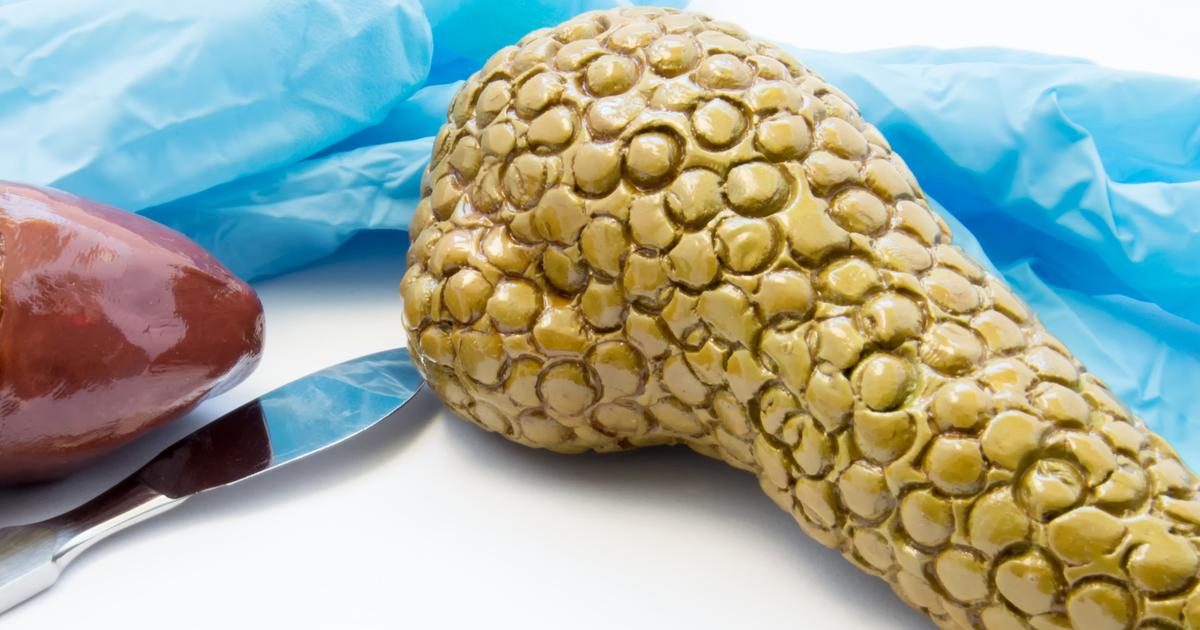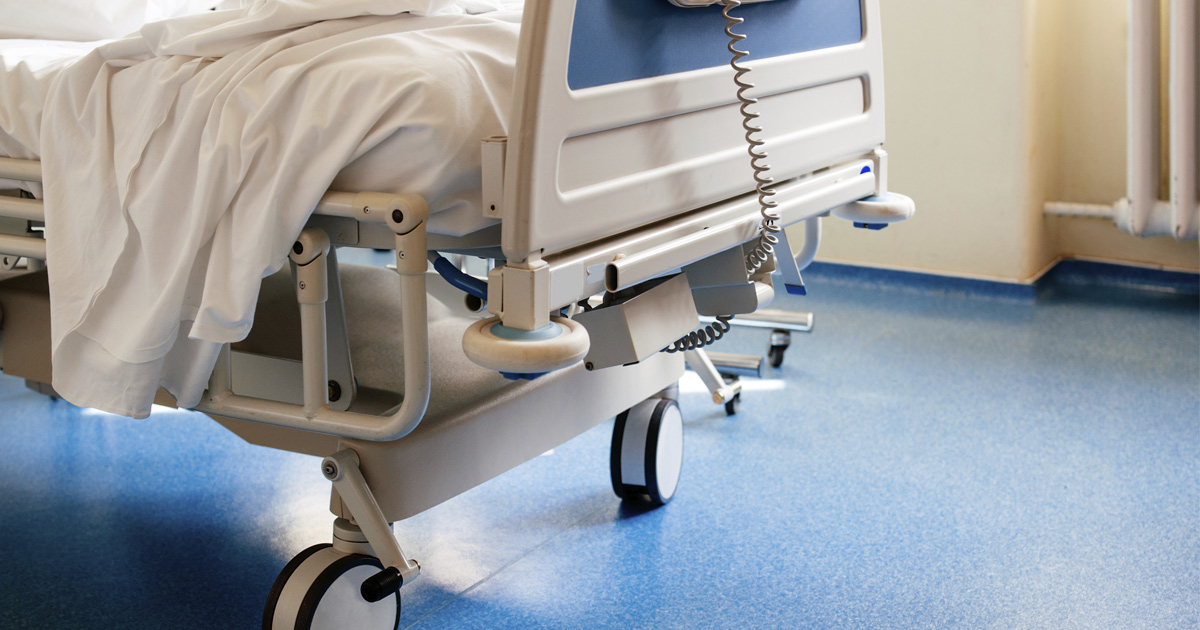Guide To Understanding Pancreas Removal Surgery
Pancreas removal surgery is a surgical procedure performed to remove an individual's pancreas. The pancreas, which is part of the endocrine system, is located behind the stomach and is responsible for the production of certain enzymes that help digest food and hormones that help maintain appropriate blood glucose levels. An individual may need to have a pancreas removal procedure if they have cancer, recurrent inflammation, or neoplasm in the gland. A patient with hyperinsulinemic hypoglycemia or certain pancreatic injuries may need to undergo a pancreas removal surgery. Recovery from a pancreas removal surgery may take anywhere from days to a couple of weeks, while the patient learns how to live without pancreatic functionality. The long term effects of this type of surgery require the use of medication to manage diabetes for the rest of the patient's life.
Learn about the full details of pancreas removal surgery now.
Role Of The Pancreas

The pancreas is a gland located in the abdomen that is around six inches long and sits close to the small intestine and liver just under the stomach. The pancreas is a vital part of two different systems known as the endocrine system and the exocrine system. The pancreas produces two hormones called insulin and glucagon, which are critical for the regulation of blood glucose. Unregulated blood glucose can cause damage to the kidneys, liver, nervous system, and cardiovascular system. The pancreas functions as part of the exocrine system by secreting certain enzymes that accompany bile from the gallbladder and liver to assist with the breakdown of substances in the digestive tract. The enzymes the pancreas produces include chymotrypsin, trypsin, amylase, and lipase. As soon as food reaches the stomach, the pancreas produces these enzymes that travel through several ducts to reach the main pancreatic duct. The enzymes move from the main pancreatic duct to the common bile duct, where the enzymes and bile from the gallbladder are secreted into the duodenum or initial segment of the small intestine.
Continue reading to learn about when pancreas removal is recommended next.
When Removal Is Recommended

Pancreatic removal surgery, which is often called a pancreatectomy, is a surgical procedure where the patient's entire pancreas or part of it is removed. There are several different reasons why an individual may need their pancreas removed. A pancreatic cancer patient, for instance, may need to have curative surgery or palliative surgery to remove their pancreas. A pancreatectomy is often the best chance a patient has at curing this deadly type of cancer. An individual affected by chronic pancreatitis, which is characterized by recurrent inflammation or infection of the gland that can be very painful and fatal, may need to have their pancreas removed. A pancreas removal is only recommended in cases of chronic pancreatitis where the pancreas is damaged severely, or other treatments are not successful. A patient affected by intraductal papillary mucinous neoplasms may require the partial or full removal of the pancreas. Intraductal papillary mucinous neoplasms are precancerous tumors that develop in the pancreatic ducts. When these tumors are left unaddressed, they always produce malignancy.
Read about how the surgery works next.
How The Surgery Works

A pancreatectomy is a procedure where just the diseased part of the pancreas or the entire pancreas is removed from the patient's body. However, the removal of other components is required to accomplish the removal of the entire pancreas. The bottom part of the stomach, the beginning part of the small intestine or duodenum, and the end of the bile duct are also removed with the pancreas. In some cases, the gallbladder and spleen may need to be removed as well. During the procedure, general anesthesia is administered, and the surgeon makes an incision in the patient's abdomen. The aforementioned organs are removed, and the remaining parts of the stomach, intestine, and ducts are reconnected to each other. This last step allows the patient to digest food normally. Monitoring devices and a urinary catheter will stay in place for one or two days following the surgery. After leaving the recovery unit of the hospital, the patient will stay in the hospital's intensive care unit so they can be closely monitored for signs of complications.
Get familiar with the risks of the procedure next.
Risks Of The Procedure

Every surgical procedure carries its own set of risks for the patient undergoing it. The mortality rate for a pancreatectomy is between five and ten percent and is reliant upon the experience of the surgeon and the extent of the procedure. A pancreatectomy has a higher rate of complications than most surgical procedures at around forty percent. The most prevalent complication that occurs with a pancreas removal surgery is postoperative bleeding, which may necessitate a return to surgery to identify the source of the bleeding and stop it. Another complication seen with a pancreatectomy is referred to as delayed gastric emptying, where liquids and food leave their stomach too slowly. To prevent or manage this problem effectively, surgeons can insert a feeding tube to help the patient through recovery. Another common complication seen in a pancreatectomy is a pancreatic anastomotic leak where the connection that attaches the organs back together leaks its contents. This complication can be prevented by testing the connection during the procedure. Other risks include the development of postoperative infection and an adverse reaction to general anesthesia.
Discover the details surrounding the recovery process next.
Recovery Process

A patient stays in the hospital for anywhere between several days and several weeks after their pancreas removal surgery. The overall recovery process is very dependent on the patient's condition. Individuals who undergo a pancreas removal stay on a liquid diet for several days after their procedure, and solid foods are gradually added to their diet over time. A patient who has this type of procedure will not be able to drive for between two and three weeks after their surgery. The recovery process of a pancreas removal surgery also entails learning how to care for the body with reduced or no pancreatic function. The loss of function alters the way the body can digest food and maintain homeostasis. A patient may need to learn how to eat a new low-carbohydrate and low-sugar diet, avoid drugs and alcohol, administer regular insulin injections, learn how to use an insulin pump, and take replacement digestive enzymes with each meal they consume. For patients who had a pancreas removal surgery due to pancreatic cancer, the recovery process may involve cancer treatments like chemotherapy and radiation therapy.
